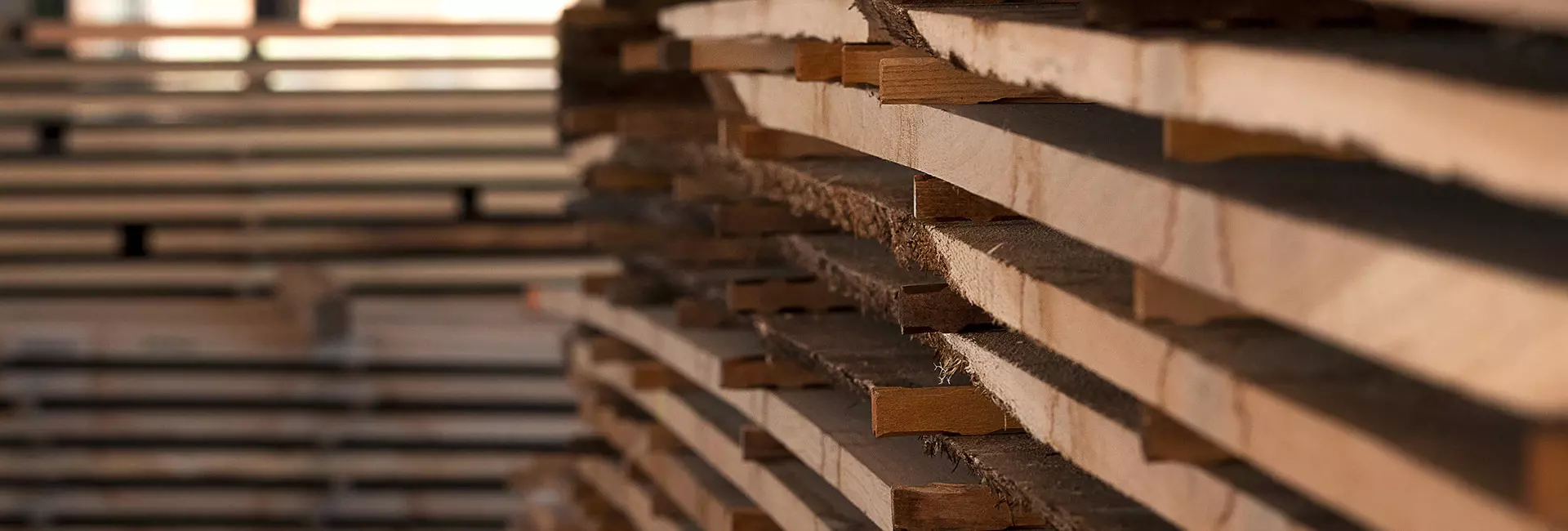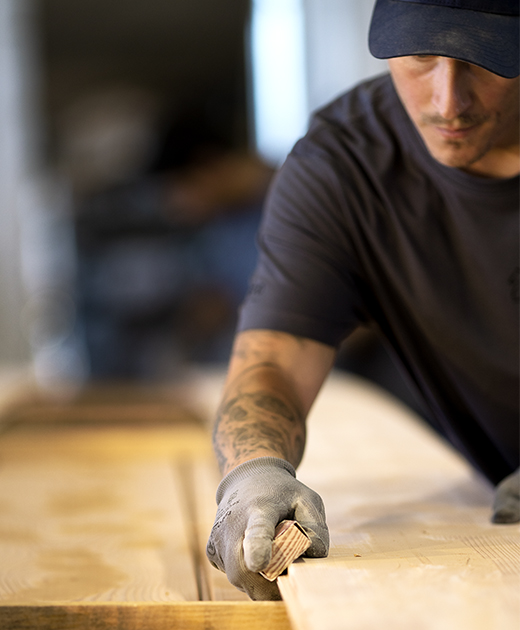The right answers
to your questions.
Understanding is simple
You may be asking yourself how to install our planks, how to treat them, and what to consider in everyday life?
We have summarised the most frequently asked questions for you in our FAQs. For technical terms, our clear glossary with simple explanations is at your disposal. Please feel free to contact us if you cannot find a suitable answer to your questions here.




